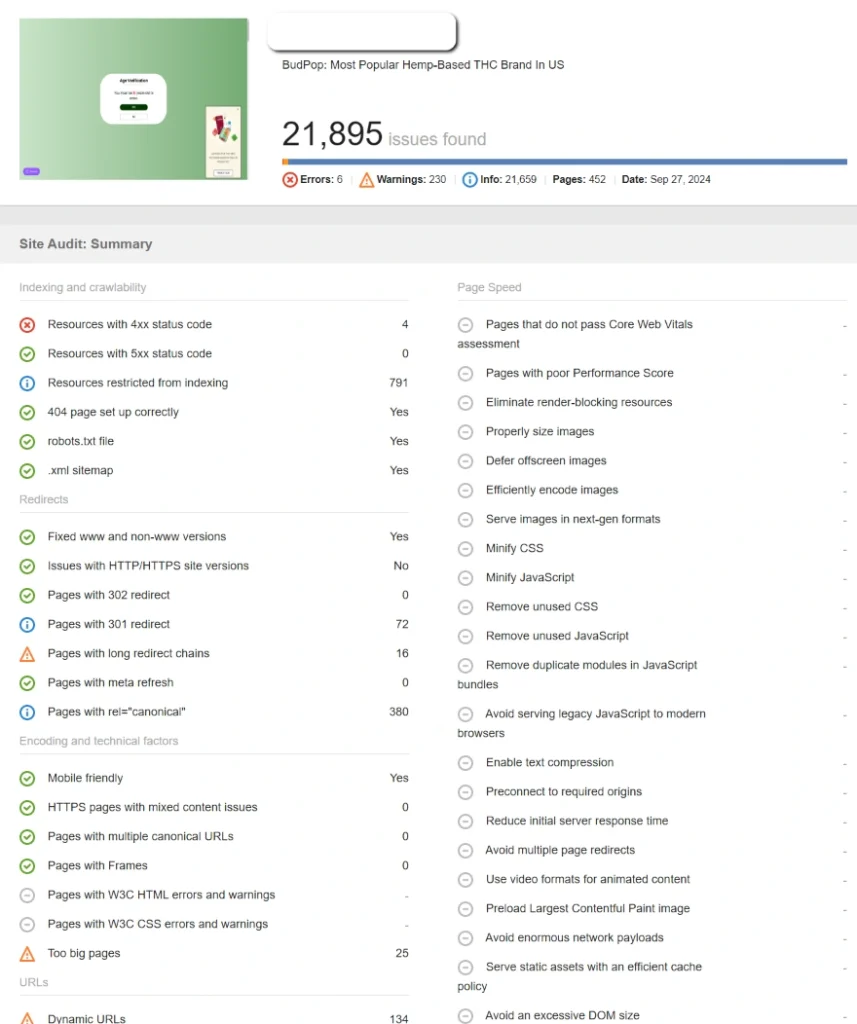Site speed and performance
Site Speed and Performance
Site speed greatly affects how users feel about a website and how it ranks in search engines.
A slow website annoys visitors, which leads to more people leaving the site quickly.
Google puts fast-loading sites first in search results.
Making sites faster means working on image sizes, server response times, and how well the code runs.
Browser caching and content delivery networks (CDNs) can enhance load times.
Quick sites help users feel happier and can lead to more sales.
Technical SEO practices that focus on speed are very important for a good online presence.
Website owners should make speed optimization a top priority to do well in today’s busy online world.
Mobile Optimization
Mobile Optimization
Google ranks mobile-friendly sites higher in search results.
Mobile optimization means making designs that work well on different screen sizes.
This helps to provide a smooth experience for users on all devices.
Responsive design helps text, images, and navigation change easily.
Optimizing images and reducing code helps make loading times faster on mobile networks that are not very stable.
A good site that is easy to use boosts how people feel about it and helps it show up better in search engines.
Adapting to different screen sizes is key for a good online presence in today’s mobile-focused world.
Crawl errors and indexing issues
Crawl errors and indexing issues
Crawl errors and indexing issues are problems that stop search engines from accessing and organizing website content correctly.
These problems can greatly affect how visible a site is in search results.
Server errors happen when a server is not working.
Soft 404s show up when pages are there, but they do not have important content.
Solutions involve improving website structure, increasing site speed, and setting up robots.txt files correctly.
Fixing these issues helps enhance search engine rankings and makes the user experience better.
You need to fix crawl errors and indexing problems using Google Search Console.
It makes sure that search engines like Google can read and list a website.
Broken links and 404 errors
Broken links and 404 errors
Broken links and 404 errors hurt how users feel about a website and how it ranks in search engines.
This leads to more people leaving the site quickly and fewer chances to make sales.
These issues also stop search engines from crawling sites well and lower their overall visibility.
This keeps content working well. It helps users feel happy and makes search engines crawl better.
Fixing these errors can increase click-through rates.
Fixing 404 errors and changing broken links with our website maintenance service shows search engines that a website is well-cared for and reliable.
In Dublin’s busy digital market, fixing these technical SEO problems is key for improving online presence and creating better user experiences.
XML Sitemap
XML Sitemap
XML sitemap helps search engines understand the site’s layout.
It shows the key pages, images, and other files of a website.
It helps search engines find and read content better.
Creating an XML sitemap means looking at the website’s structure.
You need to include all useful URLs.
This process helps arrange content in a clear way.
Submitting the sitemap to search engines like Google makes sure they have the latest information about the site’s layout.
This can cause more frequent indexing. It may also lead to better search rankings.
XML sitemaps should be updated regularly.
Keeping the sitemap free of errors makes it work better.
A good XML sitemap is important for improving online visibility and boosting organic traffic.
It’s an important part of technical SEO strategies.
It helps search engines like Google understand and list a website better.
Robots.txt
Robots.txt
The robots.txt file is important for SEO because it helps search engines know what content to index.
A well-managed robots.txt file can help you control your online presence.
It tells search engines which web pages to check and which ones to skip.
Managing robots.txt well stops usual technical problems.
Blocking important pages by mistake can hurt visibility in search results.
Regular audits of this file are needed to avoid problems and stay in line with our SEO plan.
A well-made robots.txt file helps make a website work better.
This leads to enhanced search rankings and more organic traffic.
Structured data/schema markup
Structured data/schema markup
This helps search engines understand what the page and site are about.
Additionally, when search engines find structured data, they can display rich snippets.
Rich snippets provide more details in search results can attract more clicks and can lead to better traffic.
Additionally, using structured data helps websites stand out and perform better in search engine results.
Schema markup points out specific details like products, reviews, and events.
It creates rich snippets in search results, which increases click-through rates.
Structured data helps people find information in voice searches and featured snippets.
This brings relevant visitors to websites. It’s important to set it up right to avoid losing chances.
Site architecture
Site architecture
Site architecture is the design of a website that arranges its content and pages.
A well-organized site helps visitors move around easily and find information quickly.
It also helps search engines to read and list pages easily and boosts their visibility in search results.
Bad URL structure can confuse both users and search engines.
Fixing problems like duplicate content and broken links is important for keeping the site trustworthy and high in search rankings.
Internal linking
Internal Linking
Good internal linking helps improve search rankings and shows users and search engines where to find important content.
It aids search engines in understanding the layout of the site and how the pages relate to each other..
It shows search engines that the content is important.
It gives users and search engines information about the content of the linked page.
A strong internal linking plan helps a website be more visible and easy to use.
Internal linking is an important part of technical SEO that you should not ignore.
Duplicate content
Duplicate content
Search engines find it hard to pick the best choice when the same content shows up on several pages.
This leads to lower rankings and divided traffic.
It also hurts the trust and authority of the site.
This directs ranking signals and makes sure users find useful content.
Regular audits find problems with duplicate content.
These problems often arise from product descriptions, different URLs, or text that has been copied.
Google and other search engines punish sites that have too much duplicate content.
Webmasters need to fix this to enhance their search results and user experience.
Website Breadcrumbs
Website Breadcrumbs
Website breadcrumbs are small text links that show the path a user has taken on a website.
They help users understand where they are and how to get back to previous pages.
They can improve the user experience and help visitors find what they need quickly.
Website breadcrumbs are links that help you see where you are on a site.
They are important for two main reasons:
- User Experience: Breadcrumbs help visitors find their way around your site. They can easily go back to earlier pages or higher categories. This simple way of moving around keeps users interested and lowers bounce rates.
- SEO Benefits: Search engines use breadcrumbs to see how your site is organized. This makes it easier for them to read your site and can improve your rankings. Breadcrumbs often show up in search results, which can lead to more clicks.
Good breadcrumbs can lead to higher rankings, more traffic, and better results for your website.
Google and other search engines like clear site structures.
HTTPS and SSL
HTTPS and SSL
HTTPS stands for Hypertext Transfer Protocol Secure, and tools that keep websites safe.
HTTPS and SSL are security tools that keep data safe between users and websites.
It shows that a site can provide a secure connection.
SSL, or Secure Sockets Layer, is a technique that helps protect data on the internet.
They are important because they help to keep personal information private.
A secure website ensures that people feel safer when sharing information online.
Search engines such as Google prefer secure websites when showing results.
This helps to build trust and may lead to higher sales. Users like to interact with sites they feel are safe.
Google favours secure websites in search results, highlighting the benefits of using HTTPS for SEO.
They also stop any technical problems that might confuse visitors and search engine crawlers.














